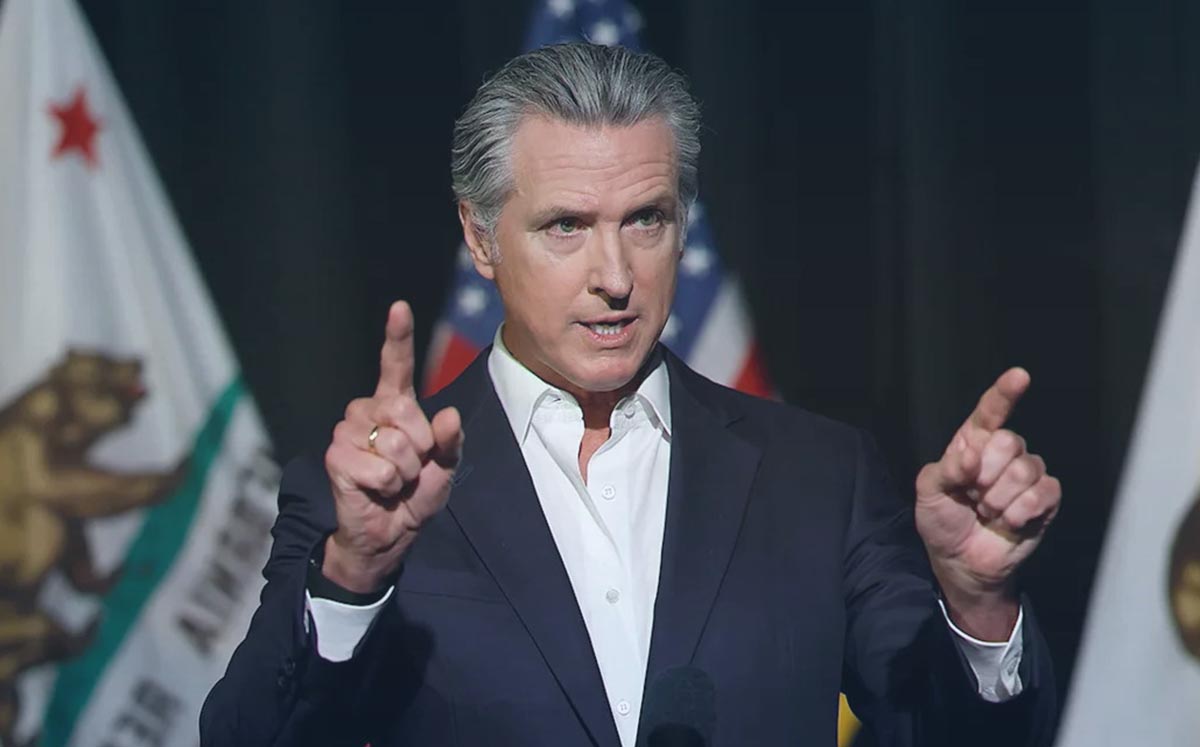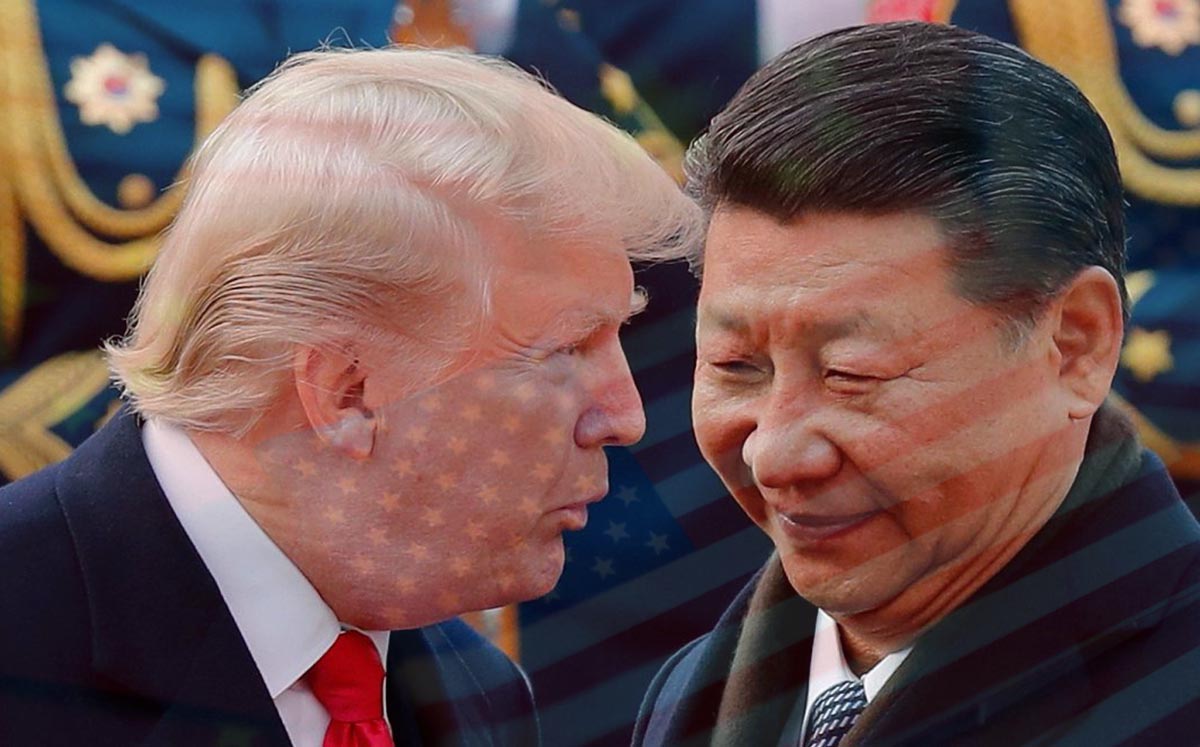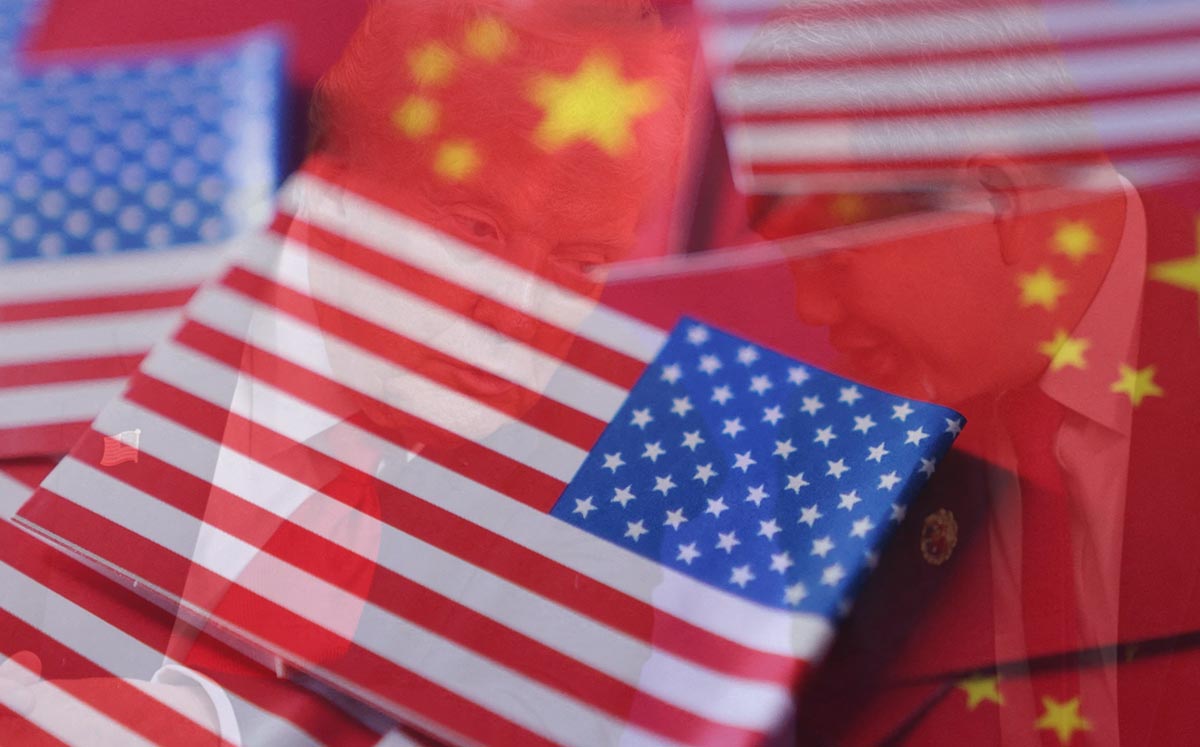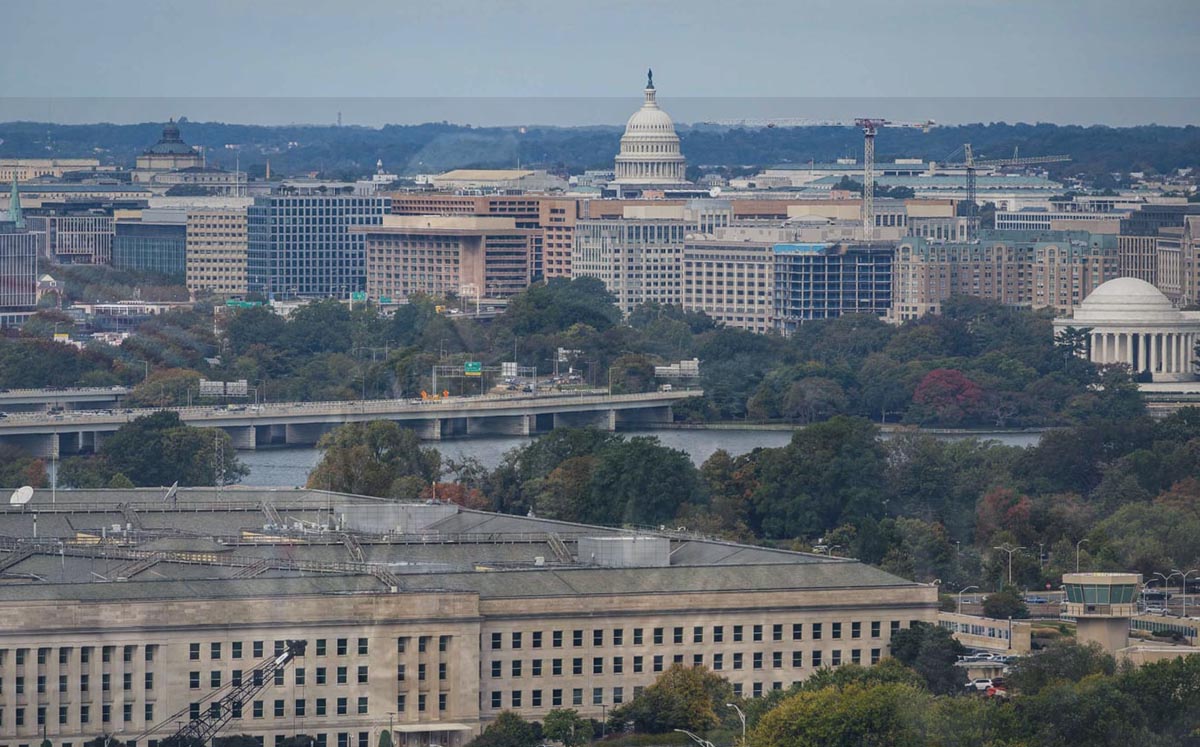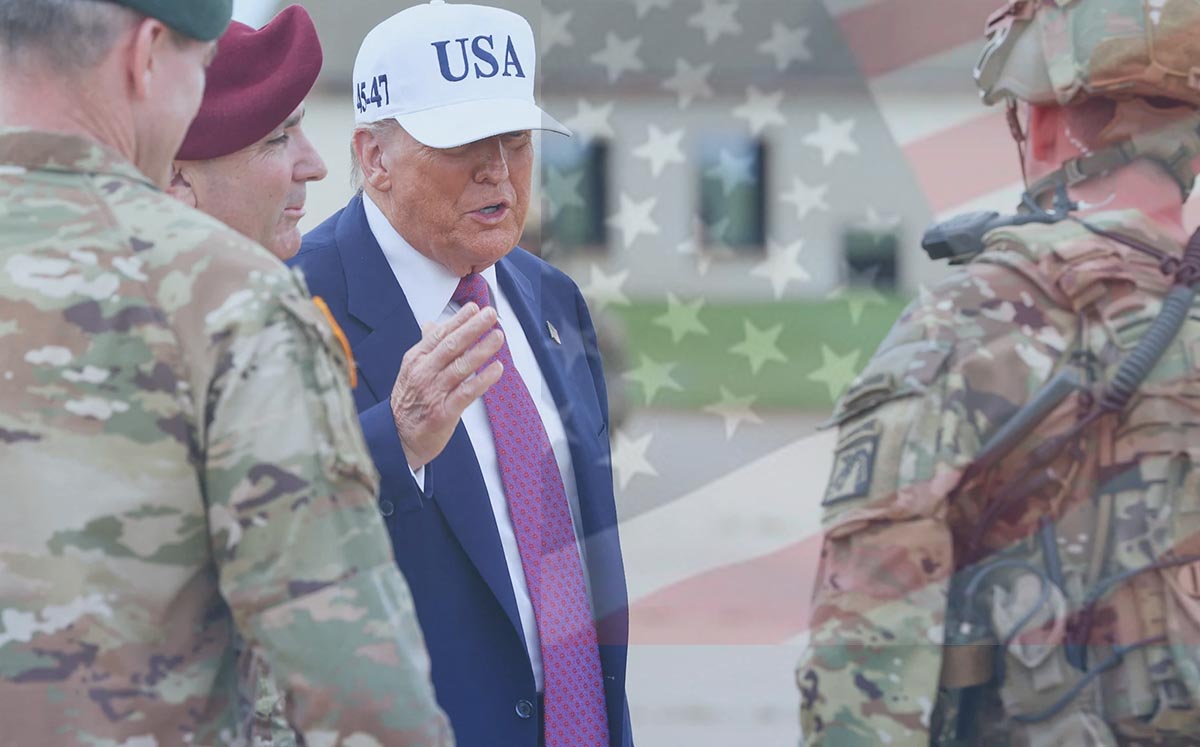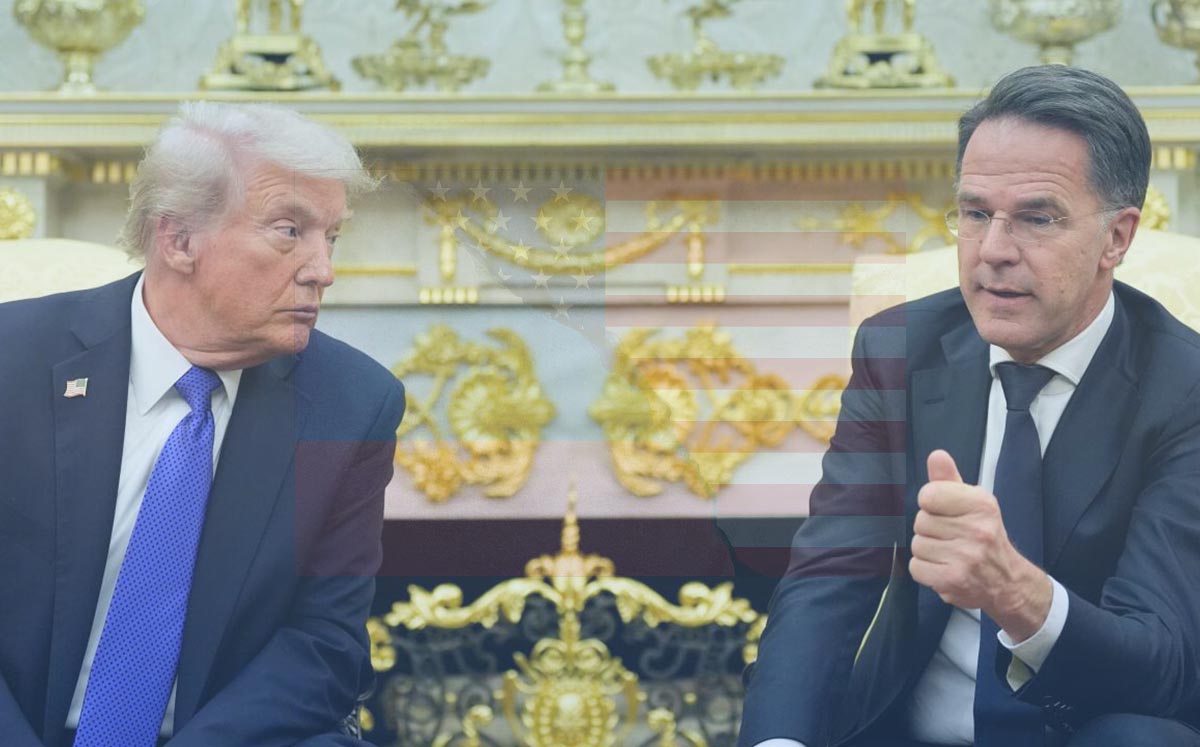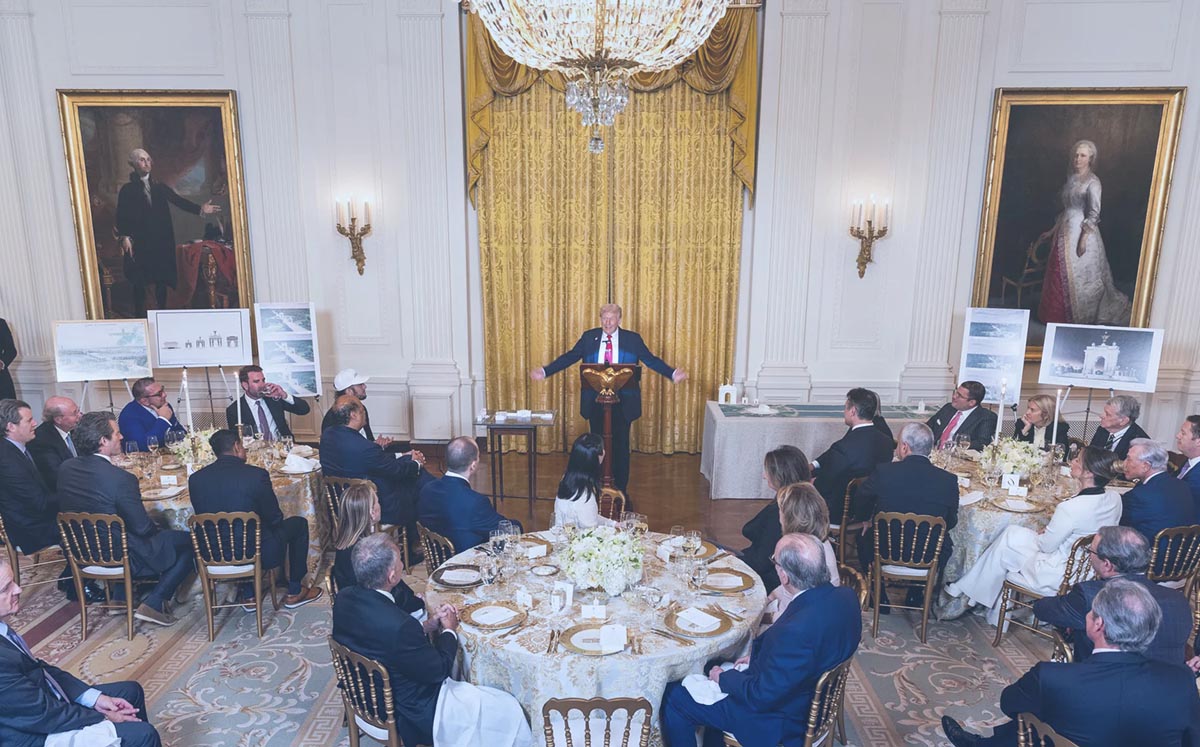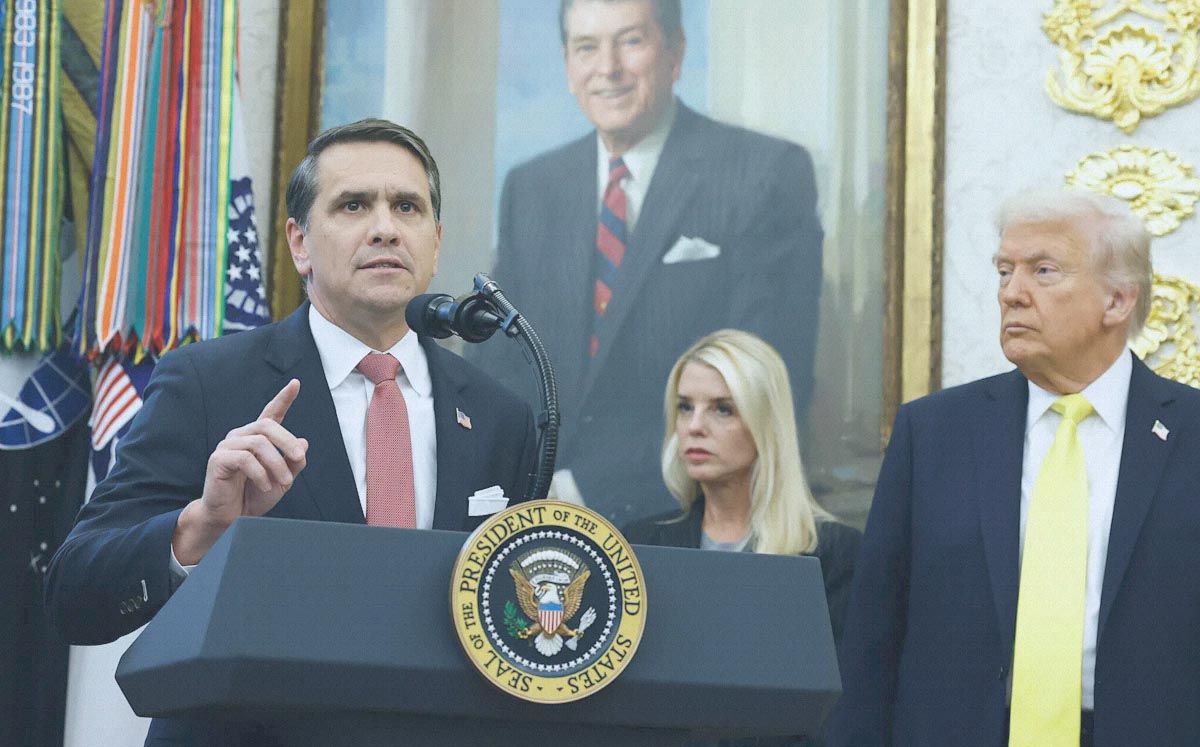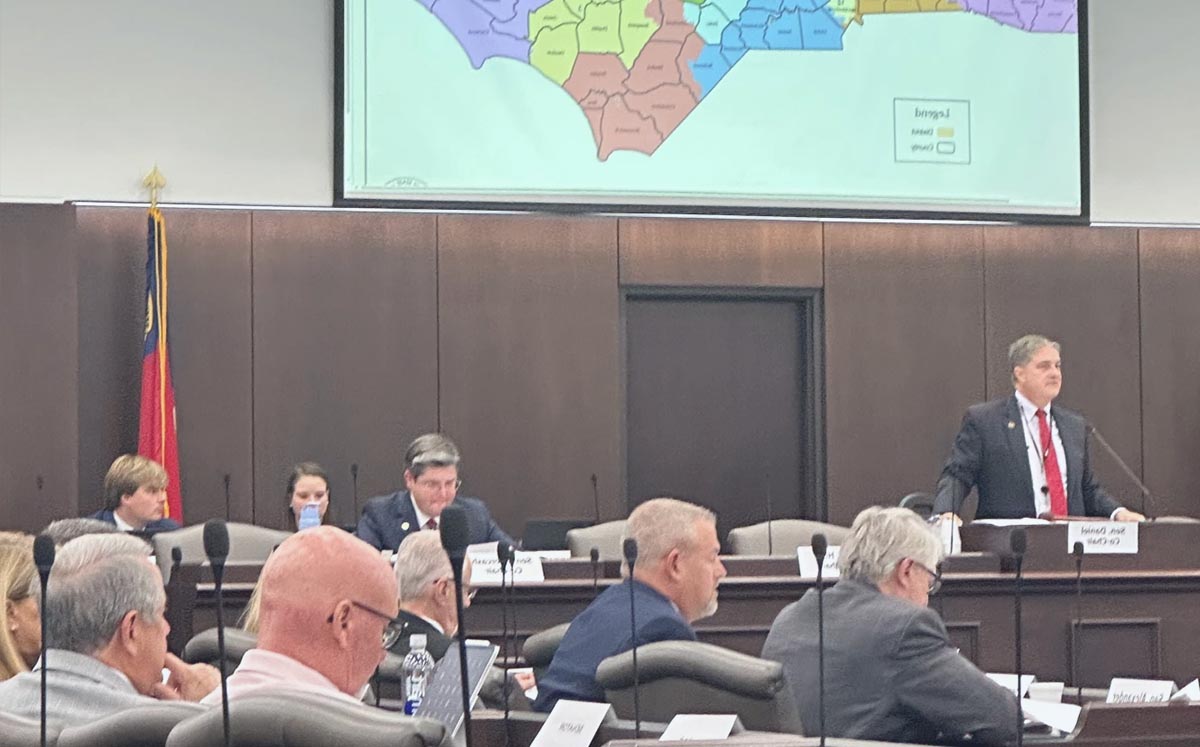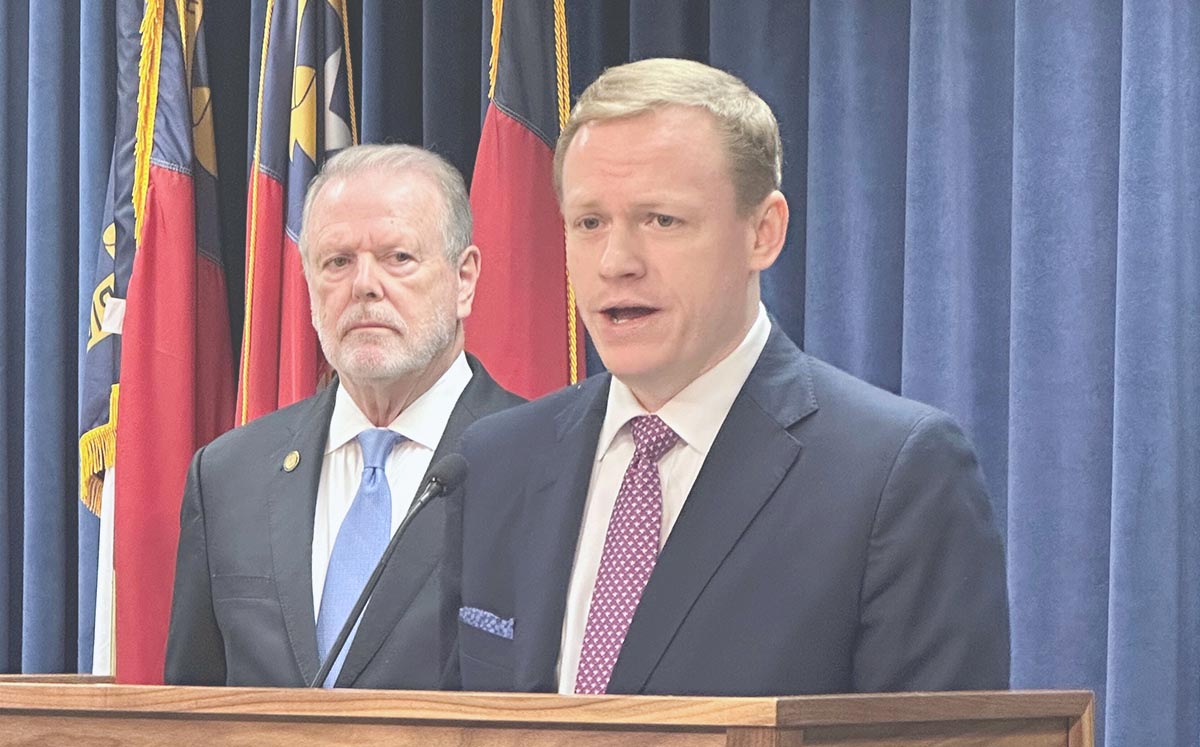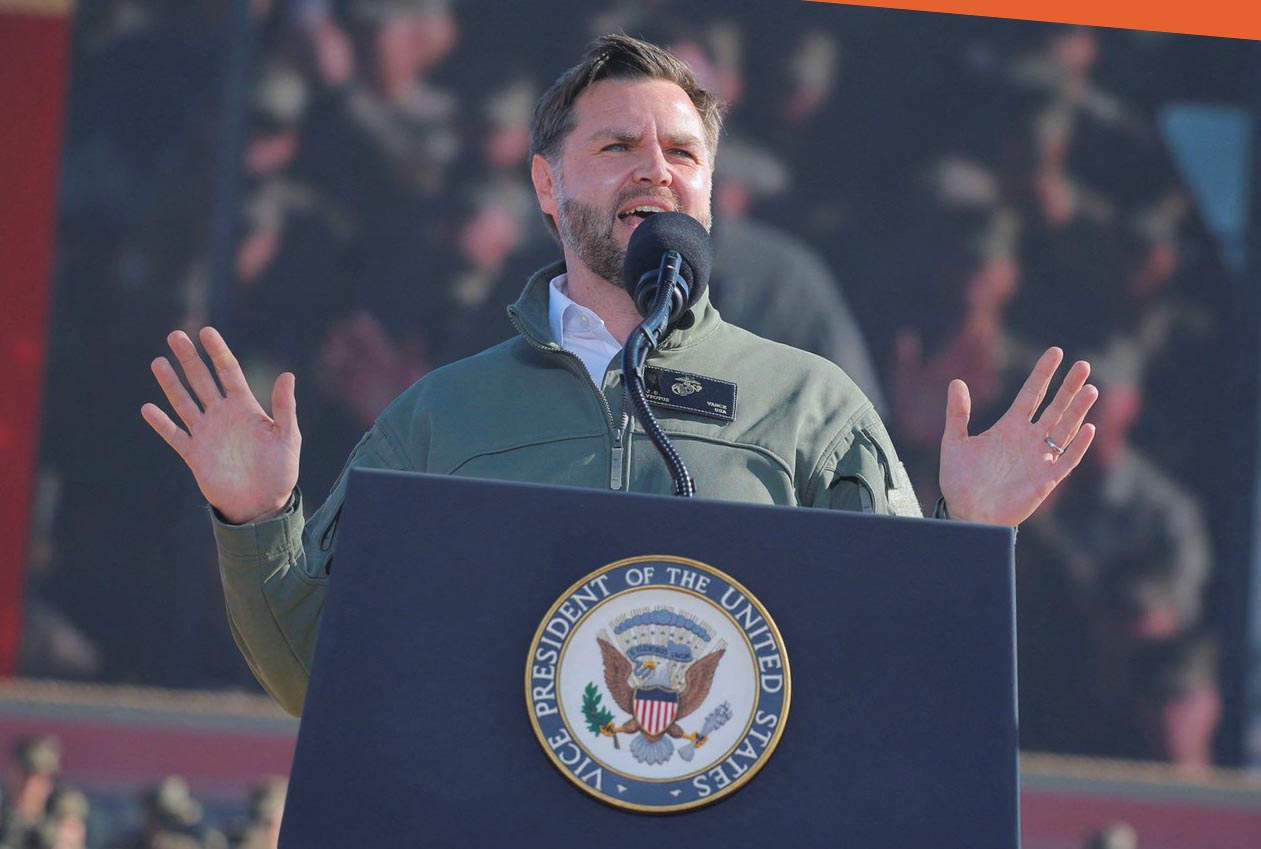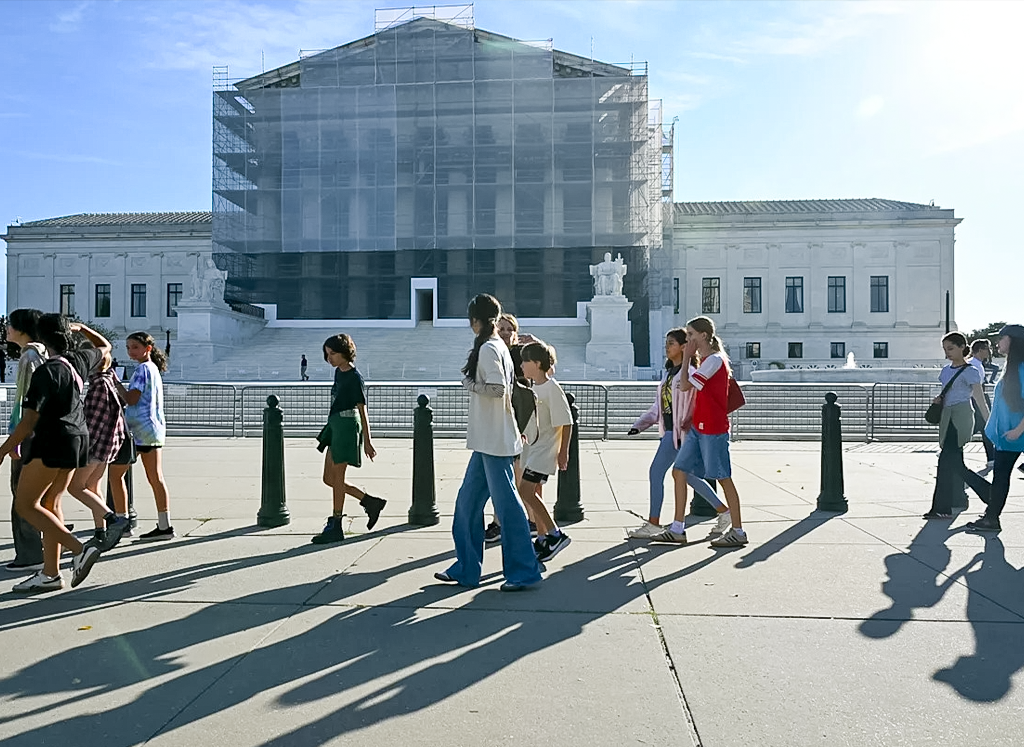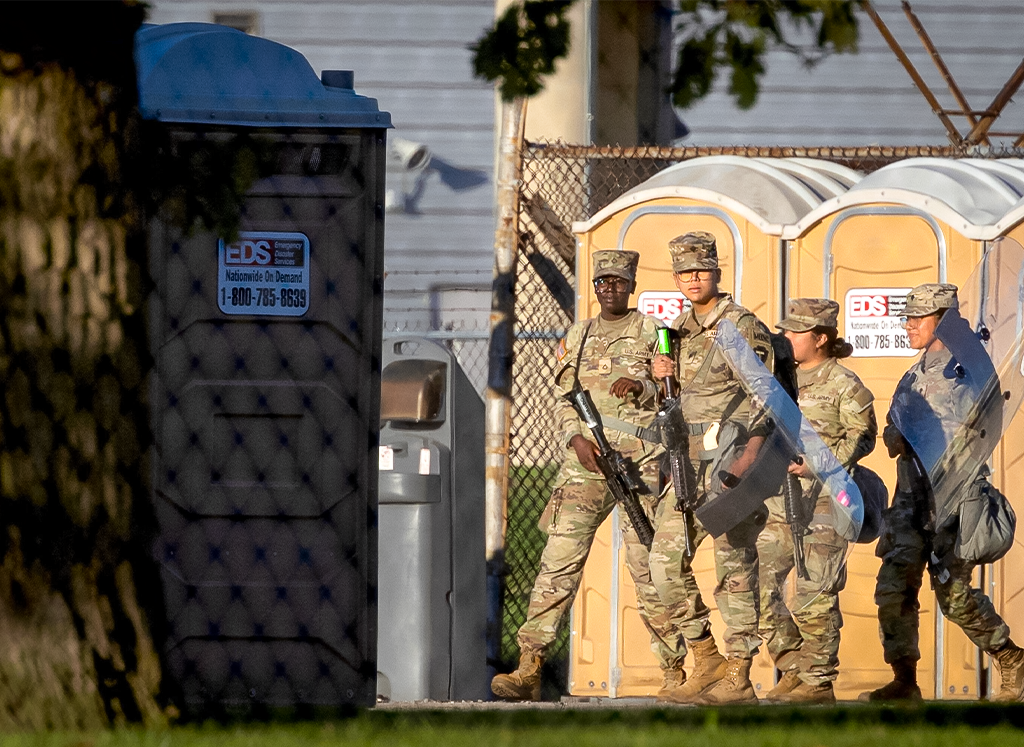According to a prominent Senate Democrat and a person with direct knowledge of the matter, the Trump administration briefed Republicans on Wednesday regarding US military operations on suspected drug boats without informing Democratic senators of the briefing. When the Trump administration excluded Democratic members on Wednesday, Senate Intelligence Committee Vice Chairman Mark Warner blasted the action as “a partisan stunt” that “is a slap in the face to Congress’ war powers responsibilities and to the men and women who serve this country.”
A classified Justice Department OLC memo detailing the administration’s legal rationale for the strikes – which CNN first reported on earlier this month – was presented to the Republicans by administration officials during the meeting. Warner said in a statement that it is “indefensible and dangerous to exclude Democrats from a briefing on U.S. military strikes and to withhold the legal justification for those strikes from half the Senate.”
“Decisions regarding the use of American military force are not the exclusive domain of one political party, nor are they the subject of campaign strategy sessions,” he stated. “Any administration that treats them in that manner undermines our national security and violates Congress’ constitutional duty to supervise matters of peace and war.”
The Virginia Democrat continued, “It also sets a reckless and deeply troubling precedent,” adding that the administration should immediately provide Democrats the same briefing and the OLC opinion. CNN has reached out to the White House for comment. Warner’s comments come as the Trump administration accelerates its attacks against boats that they allege are involved in drug trafficking.
Highly Misleading Briefings
Secretary of Defense Pete Hegseth said on Wednesday that the US military conducted another strike against a vessel in the Pacific Ocean that day, killing four people. “This vessel, like all the others, was known by our intelligence to be involved in illicit narcotics smuggling, was transiting along a known narco-trafficking route, and carrying narcotics,” Hegseth said in a post on X.
This is the 14th time that the US military has reportedly attacked a suspected drug-smuggling ship. On 15 boats in total, the activities had claimed the lives of 61 persons. Earlier this week, the Trump administration told CNN that it has given seven different secret briefings on US military operations on suspected drug boats.

However, other politicians claim they haven’t gotten the information they’re looking for. The administration “appears to be counting the same briefing given multiple times to certain staff or members (including in small groups),” a Democratic Senate official told CNN. Therefore, seven briefings are incredibly deceptive.
According to two sources who spoke to CNN earlier Wednesday, Pentagon officials are scheduled to provide members of the House Armed Services Committee with a classified briefing on Thursday regarding the recent US military strikes on vessels suspected of being involved in drug trafficking.

